The “Good Place” font is a charming, slightly retro script font that adds a touch of vintage warmth and personality to designs. It’s primarily associated with the show’s delightful, quirky branding and is perfect for projects needing a friendly, handcrafted feel.
The enchanting world of “The Good Place” wasn’t just built on philosophical debates and hilarious characters; it was also visually brought to life with a distinctive font that perfectly captured its quirky, whimsical, and slightly retro charm. Many fans and budding designers have wondered about this delightful typeface – what is it, and how can they use it? If you’ve found yourself captivated by its friendly script and wondered how to achieve that same sweet, approachable aesthetic for your own projects, you’re in the right place. This guide will demystify “The Good Place” font, explore its characteristics, and show you how to find and use fonts that capture its unique spirit. Get ready to dive into the world of charming typography!
Unpacking “The Good Place” Font: More Than Just a Pretty Script
When we talk about “The Good Place” font, we’re referring to a style that exudes warmth, a touch of nostalgia, and an undeniable sense of handcrafted authenticity. It’s not just a single font, but a carefully chosen aesthetic that became synonymous with the show’s unique brand identity. The show’s creators and designers selected typography that felt approachable and inviting, mirroring the journey of its characters towards self-improvement and understanding.
The primary font used in key branding elements, like the main title, often evokes a script or brush-lettered style. This approach lends a personal, almost handwritten quality. Think of it as a friendly note from a beloved relative rather than shouting from a billboard. This choice was deliberate, aiming to create an immediate connection with the audience, hinting at the heartfelt and even slightly imperfect nature of the narrative.
Key Characteristics of “The Good Place” Font Style
To truly understand and replicate the aesthetic, let’s break down the core elements:
Scripty & Flowing: The most prominent feature is its script-like nature. Letters connect smoothly, creating a sense of movement and fluidity. This isn’t a rigid, formal script; it’s relaxed and natural.
Slightly Retro Vibe: There’s an underlying vintage feel, reminiscent of mid-20th century advertising or signage. This gives it a timeless quality, making it feel both familiar and unique.
Handcrafted Feel: It often mimics the look of hand-lettering or brush strokes. This adds an element of authenticity and personality, distinguishing it from purely digital or overly polished fonts.
Friendly & Approachable: The overall impression is one of warmth and accessibility. It doesn’t feel intimidating or overly corporate, making it perfect for stories about human connection and growth.
Legibility: Despite its decorative qualities, the font style prioritizes readability. The letters are clear enough to be understood easily, which is crucial for any design that needs to communicate effectively.
Why So Much Buzz Around This Font?
The popularity of “The Good Place” font stems from a few key factors:
Memorable Branding: The show’s title card and promotional materials were instantly recognizable, largely thanks to this distinctive typography.
Emotional Resonance: The font’s friendly and warm character perfectly complemented the show’s themes of love, loss, ethical dilemmas, and personal growth. It felt like a visual hug.
Designer Inspiration: Creatives are always on the lookout for unique styles that can elevate their work. The “Good Place” font offered a fresh yet classic inspiration.
Nostalgia Appeal: In a digital age, there’s a growing love for anything that feels a little more tactile and human. This font taps into that desire for authenticity.
Finding and Identifying “The Good Place” Font
Pinpointing the exact font used in the show’s branding can be a bit like deciphering a philosophical paradox – delightful, but sometimes elusive! The show’s designers might not have used a single, readily available font for all applications. Often, custom lettering or a carefully curated font pairing is involved.
However, don’t let that deter you! The goal is to capture the essence of that style for your own creative endeavors. Here’s how to approach it:
1. The “Show Bible” Approach: Digging for Clues
Sometimes, official design documents or behind-the-scenes features might shed light on specific font choices. While not always publicly available, searching for interviews with the show’s art directors or graphic designers can yield clues. For instance, the production of visually rich television shows often involves extensive mood boards and style guides.
2. Font Identification Tools: Your Digital Detective Kit
Several online tools can help you identify fonts from images. If you have a screenshot of the show’s title or promotional art, you can upload it to these services.
WhatTheFont! by MyFonts: This is a popular and user-friendly tool. Upload your image, and it will analyze the characters and suggest matching or similar fonts from their vast library.
Font Squirrel’s Matcherator: Similar to WhatTheFont!, this tool also allows you to upload an image and find potential matches.
Adobe Fonts (formerly Typekit): If you’re an Adobe Creative Cloud subscriber, you can use their font library and identification features.
How to Use Them Effectively:
1. Get a Clear Image: Crop your screenshot to focus on the text you want to identify. Ensure the letters are as clear and undistorted as possible.
2. Isolate Text: If possible, isolate a line of text or even a few key characters (like ‘G,’ ‘o,’ ‘d,’ ‘P,’ ‘l,’ ‘a,’ ‘c,’ ‘e’).
3. Upload and Review: Upload the image to the chosen tool. Go through the suggested matches. Don’t expect a perfect 1:1 match if it was custom lettering, but look for fonts that share the key characteristics mentioned earlier (scripty, retro, friendly).
3. Searching Font Marketplaces and Databases
If identification tools don’t yield perfect results, you can manually search for fonts with similar characteristics on popular font websites. Use keywords that describe the style:
Script
Handwritten
Brush script
Retro script
Vintage script
Charming script
Friendly script
Whimsical script
Leading marketplaces include:
Google Fonts: A fantastic resource for free, high-quality fonts that can be used for both personal and commercial projects. They have a growing library of script and handwritten styles.
Adobe Fonts: As mentioned, a great resource for subscribers.
MyFonts: One of the largest marketplaces for commercial fonts, offering a vast selection.
Fontspring: Another excellent source for commercial fonts with flexible licensing.
Creative Market: Offers a curated selection of fonts from independent designers, often with unique styles.
Fonts That Capture the “Good Place” Vibe
While there might not be one single, definitive “The Good Place” font universally agreed upon, several fonts capture its spirit beautifully. These options are great for designers looking to evoke that same friendly, slightly retro, and handcrafted feeling.
Popular Alternatives and Similar Foundries
Here are some font categories and examples that echo the aesthetic of “The Good Place”:
1. Lively, Connected Scripts: These fonts have a natural flow, similar to handwriting.
Pacifico (Google Fonts): A highly popular, free script font with a retro, brush-script feel. It’s very versatile and friendly.
Grand Hotel: A classic diner-style script that brings a strong vintage and cheerful vibe.
Blackjack: A stylish script with a retro feel, offering both uppercase and lowercase letters, making it quite versatile.
2. Brush Scripts with Personality: These fonts have a more dynamic, brush-stroke appearance.
Kalam (Google Fonts): A casual, handwritten font that feels very approachable and natural. It has a slight imperfection that adds charm.
Dancing Script (Google Fonts): Another free option with a delightful, flowing script character that feels optimistic and light.
Lobster: Bold and distinctive, Lobster has a retro brush-script style that’s instantly recognizable and full of personality.
3. Hand-Drawn and Whimsical Styles: Fonts that feel a bit more artfully imperfect.
Amatic SC (Google Fonts): A super quirky, tall, and narrow font that feels very hand-drawn and informal. Great for a more modern, playful take.
Patrick Hand (Google Fonts): Designed to look like handwriting, it’s clear and friendly, offering a casual, personal touch.
Table: Font Characteristics Comparison
To help you choose, here’s a quick comparison of some popular fonts that echo “The Good Place” aesthetic:
| Font Name | Style Category | Primary Vibe | Connects Letters? | Free/Commercial | Best For |
| :————– | :———————– | :————————— | :—————- | :————– | :——————————————- |
| Pacifico | Retro Brush Script | Cheerful, Vintage, Friendly | Yes | Free | Titles, Quotes, Casual Branding |
| Dancing Script | Flowing Script | Optimistic, Light, Elegant | Yes | Free | Invitations, Short Headlines, Editorial |
| Kalam | Hand-Drawn Script | Casual, Natural, Approachabl | No | Free | Body Text (short), Notes, Informal Design |
| Lobster | Bold Retro Script | Bold, Retro, Distinctive | Yes | Free | Headlines, Logos, Strong Branding |
| Grand Hotel | Vintage Diner Script | Nostalgic, Playful, Classic | Yes | Commercial | Themed Branding, Posters, Retro Designs |
| Amatic SC | Quirky Hand-Drawn | Playful, Modern, Unique | No | Free | Decorative Text, Short Captions, Web Design |
Note: “Connects Letters?” refers to whether the font’s script style naturally joins characters as in handwriting. Some “handwritten” fonts are simply single-stroke characters without ligatures.
How to Use “The Good Place” Font Aesthetic in Your Designs
Capturing the essence of “The Good Place” font isn’t just about picking a typeface; it’s about understanding how to use it effectively to enhance your message and brand.
1. Logo Design
If you’re creating a logo, a script font like those inspired by “The Good Place” can convey friendliness, creativity, or a personalized service.
Pair Wisely: Combine your script font with a clean, sans-serif font for balance. The script can be your primary brand element (like the main logo wordmark), while the sans-serif can be used for taglines or supporting text.
Readability is Key: Ensure your script font is legible at small sizes. If it becomes difficult to read, it might not be suitable for a logo that needs to appear on various platforms.
Consider Customization: True uniqueness often comes from custom lettering. If budget allows, working with a lettering artist can create a truly original mark.
2. Website Design
Using script fonts on a website requires careful consideration to maintain user experience.
Headlines and Titles: A “Good Place”-esque script font can be excellent for main website headings, section titles, or prominent calls to action.
Avoid Body Text: For longer blocks of text, stick to highly readable sans-serif or serif fonts. Script fonts can be tiring to read in large quantities.
Hero Sections: Use the font for short, impactful messages in your website’s hero section to grab attention immediately.
Accent Elements: Consider using it for decorative text, like a welcome message or a stylized quote.
3. Marketing Materials
Brochures, social media posts, and advertisements can benefit from the warmth of a friendly script.
Social Media Graphics: Perfect for quotes, announcement banners, or personalized greetings.
Event Invitations: Creates a warm, inviting, and celebratory feel for parties, weddings, or special events.
Product Packaging: Can add a boutique, artisanal, or personal touch to packaging for certain types of products.
4. Blog and Content Creation
For bloggers and content creators, this font style can help build a personal connection with your audience.
Blog Titles: Makes your blog post titles stand out and convey personality.
Quote Graphics: Essential for creating visually appealing graphics featuring inspirational quotes.
Author Signature: Can be used stylistically for an author’s signature at the end of a post.
Tips for Effective Usage:
Hierarchy: Use script fonts strategically to create visual hierarchy. They should stand out from more functional text.
Spacing (Kerning &Tracking): Pay attention to the spacing between letters (kerning) and overall letter spacing (tracking). Script fonts often require fine-tuning to look their best. Tools like Adobe Illustrator or InDesign offer these controls.
Context Matters: Ensure the font choice aligns with the overall tone and message of your project. A super quirky script might not fit a serious corporate report.
Limit Usage: Overusing a decorative font can make a design look cluttered and unprofessional. Stick to using it for emphasis.
Exploring Advanced Typography Concepts
While focusing on “The Good Place” font, it’s a great opportunity to touch upon broader typography principles that designers and creatives should be aware of.
Understanding Font Licensing
When you find a font you love, especially from a marketplace, it’s crucial to understand its license.
Free Fonts (e.g., Google Fonts): These typically come with open-source licenses (like the SIL Open Font License) that allow for broad use, including commercial projects, with minimal restrictions. Always check the specific license details. You can find extensive information on font licensing at resources like the Open Font License.
Commercial Fonts: Fonts purchased from foundries or marketplaces come with specific licenses dictating how they can be used (e.g., for desktop use, web embedding, app use, print runs). Read these licenses carefully to avoid copyright infringement.
Pairing Fonts for Maximum Impact
The art of font pairing is essential for creating professional and visually appealing designs.
Contrast is Key: Pair your script font with a contrasting font. Typically, a clean sans-serif or a simple serif font works well. The contrast ensures readability and prevents the design from becoming too overwhelming.
Establish a Relationship: The fonts should feel like they belong together, even if they are very different. Consider their x-height, stroke contrast, and overall personality.
Limit Your Palette: Aim for no more than two or three font families in a single design to maintain consistency and avoid a chaotic look.
Example Pairing:
For a website header:
Headline (Script Inspired by “The Good Place”): Pacifico, Lobster
Tagline/Subheading (Clean Sans-Serif): Open Sans, Lato, Montserrat
Accessibility Considerations
As designers, we must ensure our work is accessible to everyone.
Readability: As highlighted, script fonts are best used for short bursts of text or decorative elements. Ensure key information is conveyed using highly legible fonts, especially for users with visual impairments or cognitive disabilities.
Color Contrast: Ensure sufficient contrast between text and background colors. Tools like the WebAIM Contrast Checker can help you meet accessibility standards (WCAG).
FAQ: Your “Good Place” Font Questions Answered
Here are answers to some common questions about the font style seen in “The Good Place.”
Q1: Is there one official “The Good Place” font?
While the show used a distinctive script style for its branding, particularly the title card, it’s common for such shows to use custom lettering or a combination of carefully selected fonts rather than a single, publicly available typeface for all elements. The goal for fans and designers is to capture the spirit* of this font.
Q2: Can I use fonts like “Pacifico” or “Lobster” commercially?
Yes, fonts like Pacifico and Lobster are available through Google Fonts, which offers an open-source license. This generally allows for free use in both personal and commercial projects, including websites, logos, and marketing materials, as long as you adhere to the license terms. Always double-check the specific license for any font you use.
Q3: How do I make a script font look less cluttered in my design?
To improve readability and reduce clutter with script fonts:
1. Use them sparingly for emphasis (headlines, titles, short phrases).
2. Pair them with a clean, simple sans-serif or serif font for supporting text.
3. Adjust letter spacing (tracking) and individual letter spacing (kerning) for optimal legibility.
4. Ensure there’s sufficient contrast between the text color and the background.
Q4: What kind of projects are best suited for this font style?
This font style is excellent for projects that aim for a friendly, personal, warm, or slightly retro feel. Think creative branding, event invitations, social media graphics, personal blogs, or any design where you want to convey approachability and charm.
Q5: Where can I find more free fonts similar to “The Good Place” font style?
Great resources for free fonts with a similar vibe include Google Fonts and Font Squirrel. Search for terms like “script,” “handwritten,” “brush script,” “retro script,” and “vintage script” on these platforms.
Q6: How do I identify a font from a screenshot if I don’t know its name?
You can use online font identification tools like WhatTheFont! by MyFonts or Font Squirrel’s Matcherator. Upload a clear image of the text, and these tools will analyze it and suggest similar fonts from their databases.

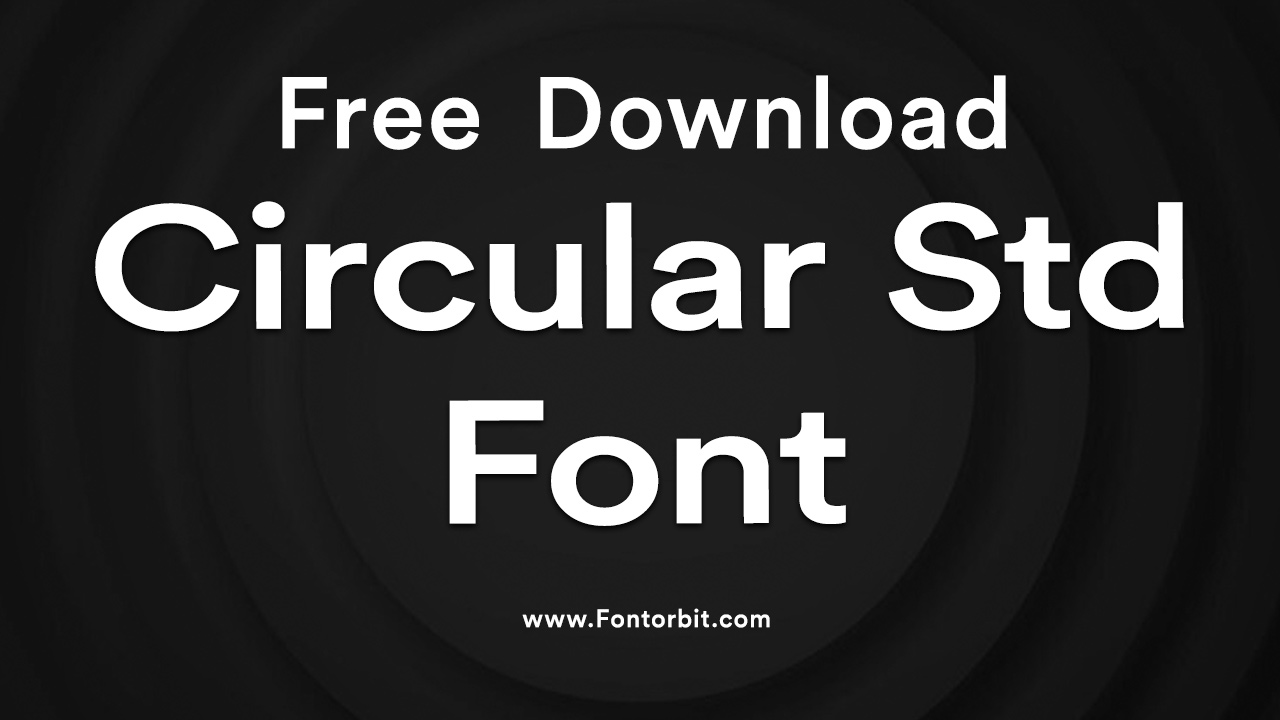


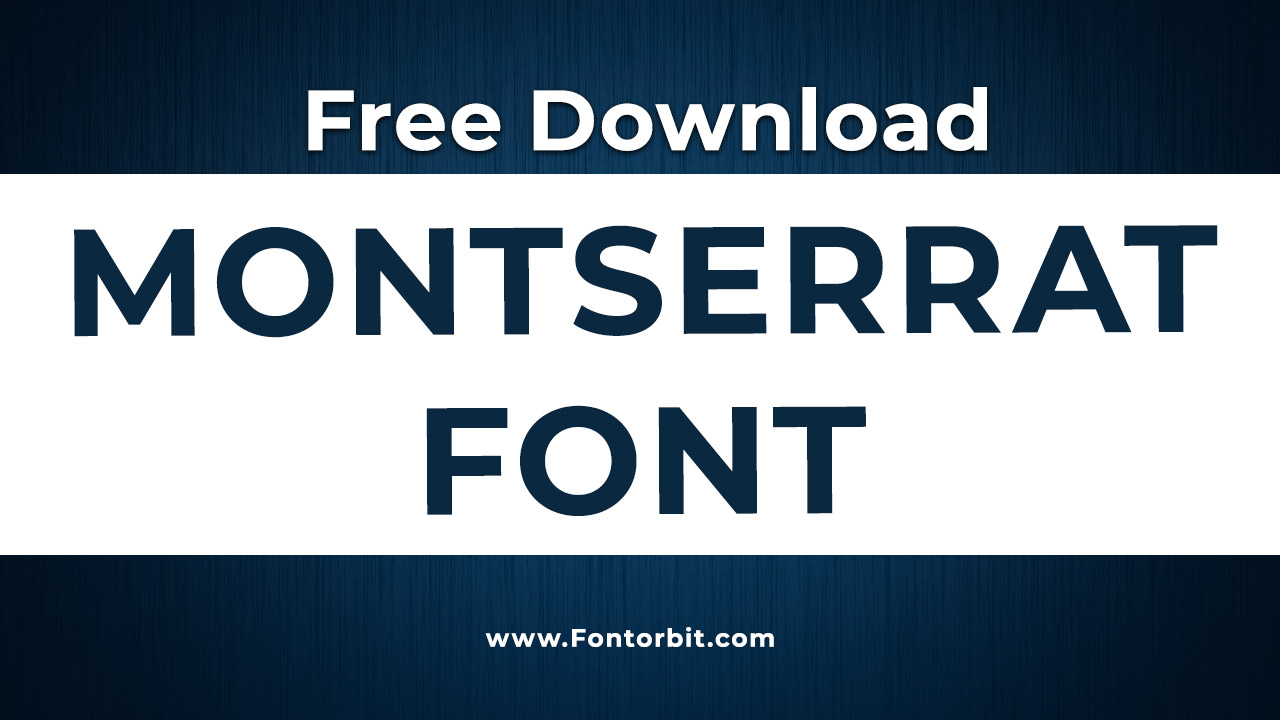
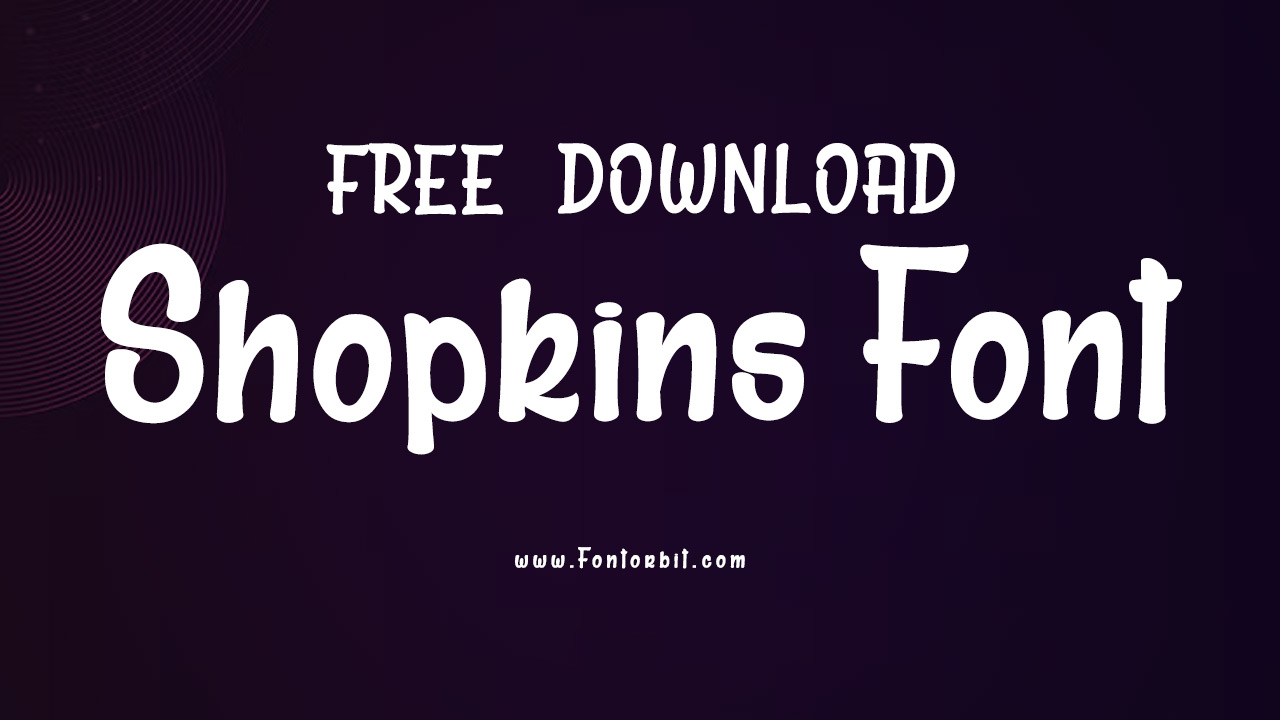
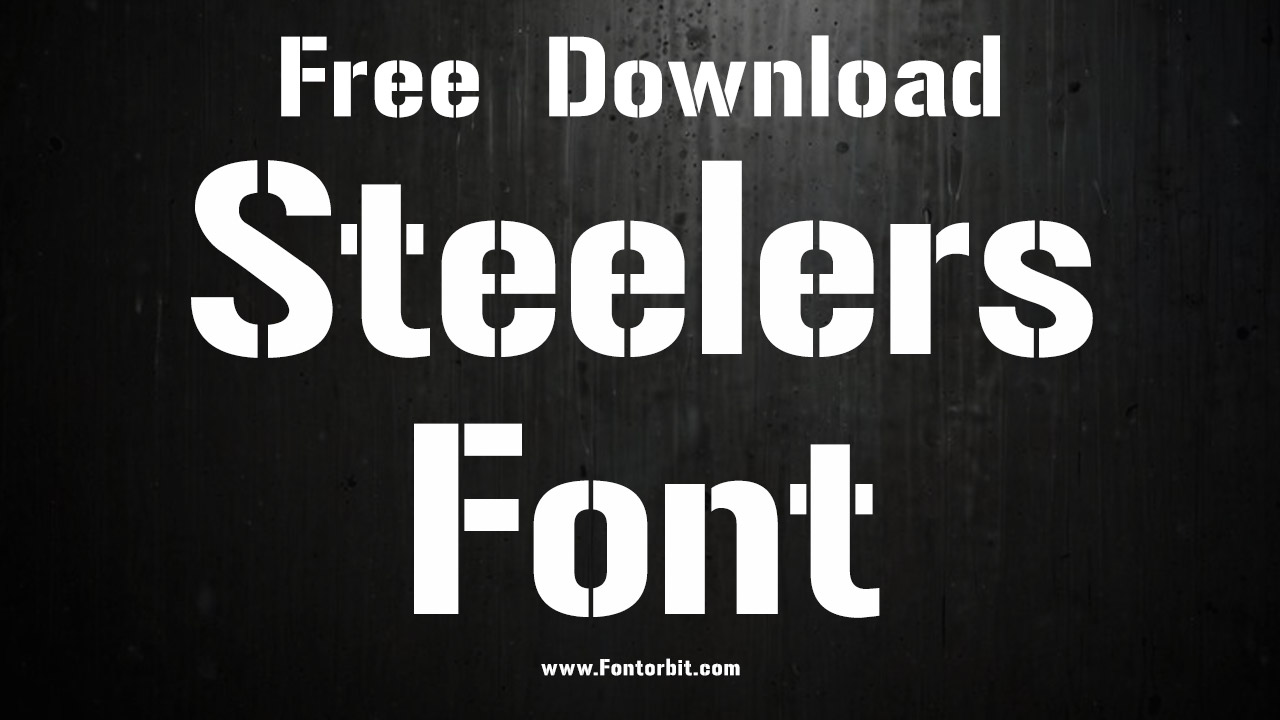
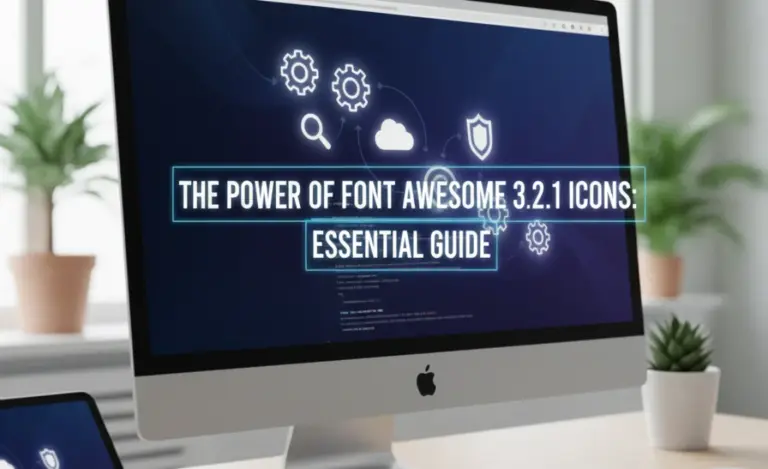

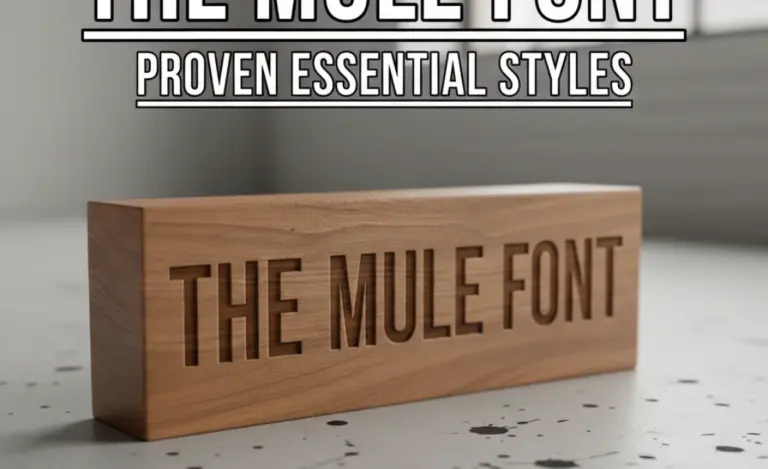
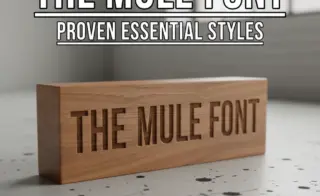
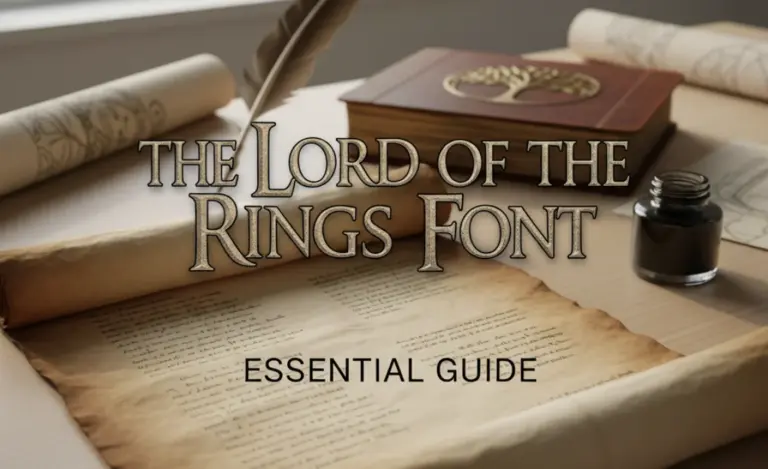
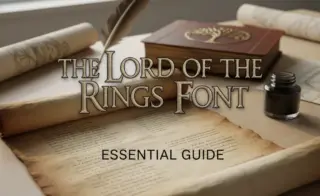
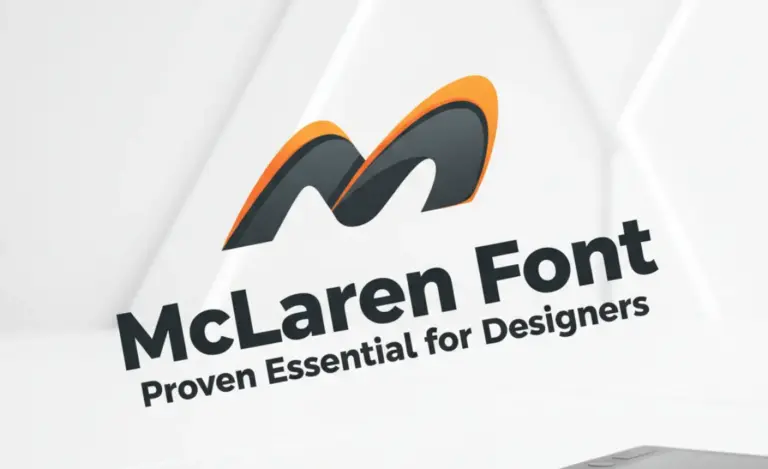
Leave a Comment